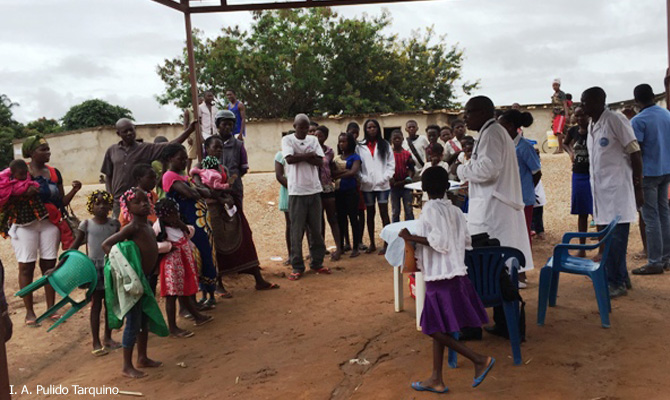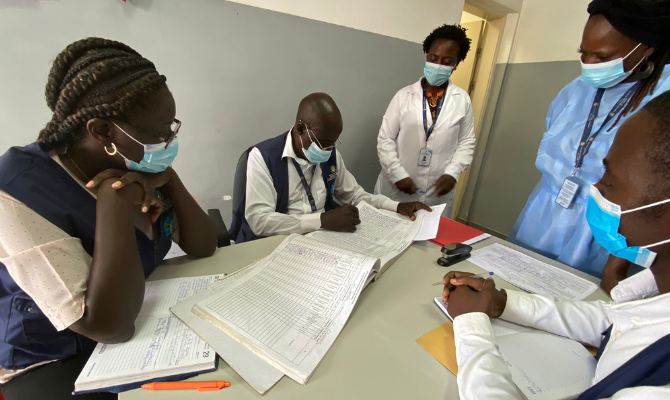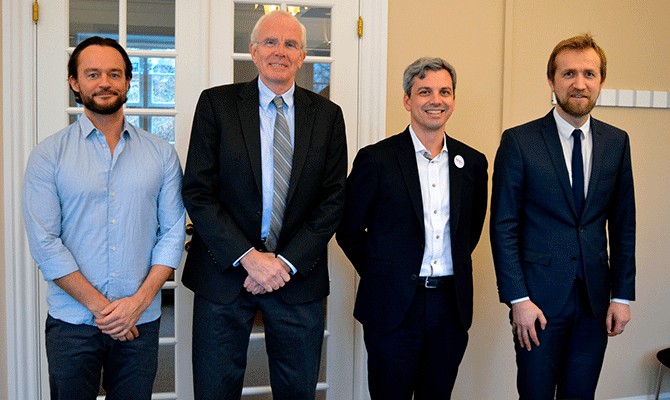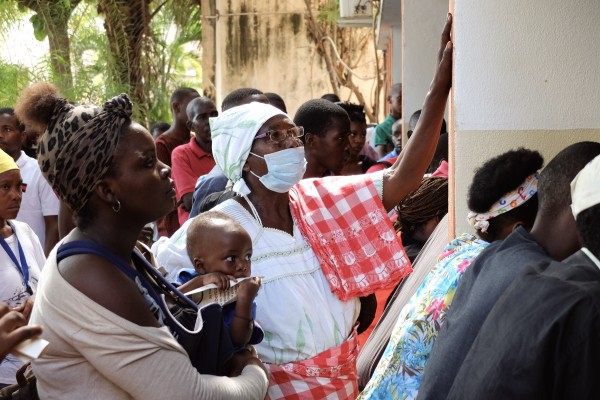I’ve been working with CUAMM in Luanda, Angola, since August 2015. I’m a consultant for the National Program for TB Control (NPTC), which is supported by the Global Fund To Fight AIDS, Tuberculosis and Malaria. I provide technical advice and support to a pilot project called “Implementation of the Community DOTS in five Angolan provinces: Luanda, Benguela, Cunene, Huambo and Huila”. The purpose of the NPTC is to tackle and control TB using the Directly Observed Treatment Strategy (DOTS). This strategy is supported by the STOP TB Partnership, a network coordinated by the World Health Organization (WHO) that has over 400 international member organizations, both public and private. The goal of the project is to control TB worldwide and end it as a global pandemic by 2035.
TB in Angola
Angola is a member state of the Southern African Development Community (SADC) and like many of its neighboring countries it is waging a long, hard battle against TB. TB is an infectious disease that requires from 6 to 8 months of treatment, during which time patients must take their medicines daily, without the continuity guaranteed through direct observation by a nurse (DOT). Moreover, TB is often associated with HIV, fueling the spread of the disease and leading to dangerous situations of co-infection that are difficult to treat both in clinical and psychological terms.
To date, treatment for TB in Angola is still provided by local health care units including health care centers, medical dispensaries and municipal and provincial hospitals scattered throughout the country. The treatment is managed and supervised by nurses and doctors who accompany patients down the long road to better health. The introduction of the Community DOTS will shift the focus on patients from the institutional level of the health care units to the community level, with health agents supporting them within their own communities, directly in their homes.
Tackling TB in Africa
To fully understand the significance of CUAMM’s TB effort in Angola, we need to stop and think for a minute about some of the more critical aspects of disease and health care in the African region.
First of all, TB is a disease associated with poverty, and unfortunately there are many areas and regions in Angola where communities live in extremely impoverished and precarious circumstances. Secondly, health coverage is not yet universal in Angola, and vast areas have no access to health care at all. Communities residing outside of the major urban centers are found throughout the country, sometimes more than 50 to 100 kilometers from the nearest health care center. Roads are often in very poor conditions, particularly in the most isolated parts of Angola’s eighteen provinces. In order to get to the nearest health care unit on a daily basis, paying for some form of transport, TB patients must have a quite significant amount of economic resources. Being aware of such factors is the only way to really understand the nature and extent of the difficulties patients face to complete their course of treatment.
Thanks to the “Implementazione of the Community DOTS in five Angolan provinces” project, community health care agents will both work within their own communities, taking care of the patients who live there, and try to prevent new cases of the disease by raising awareness among the community and tackling discrimination and social stigma.




